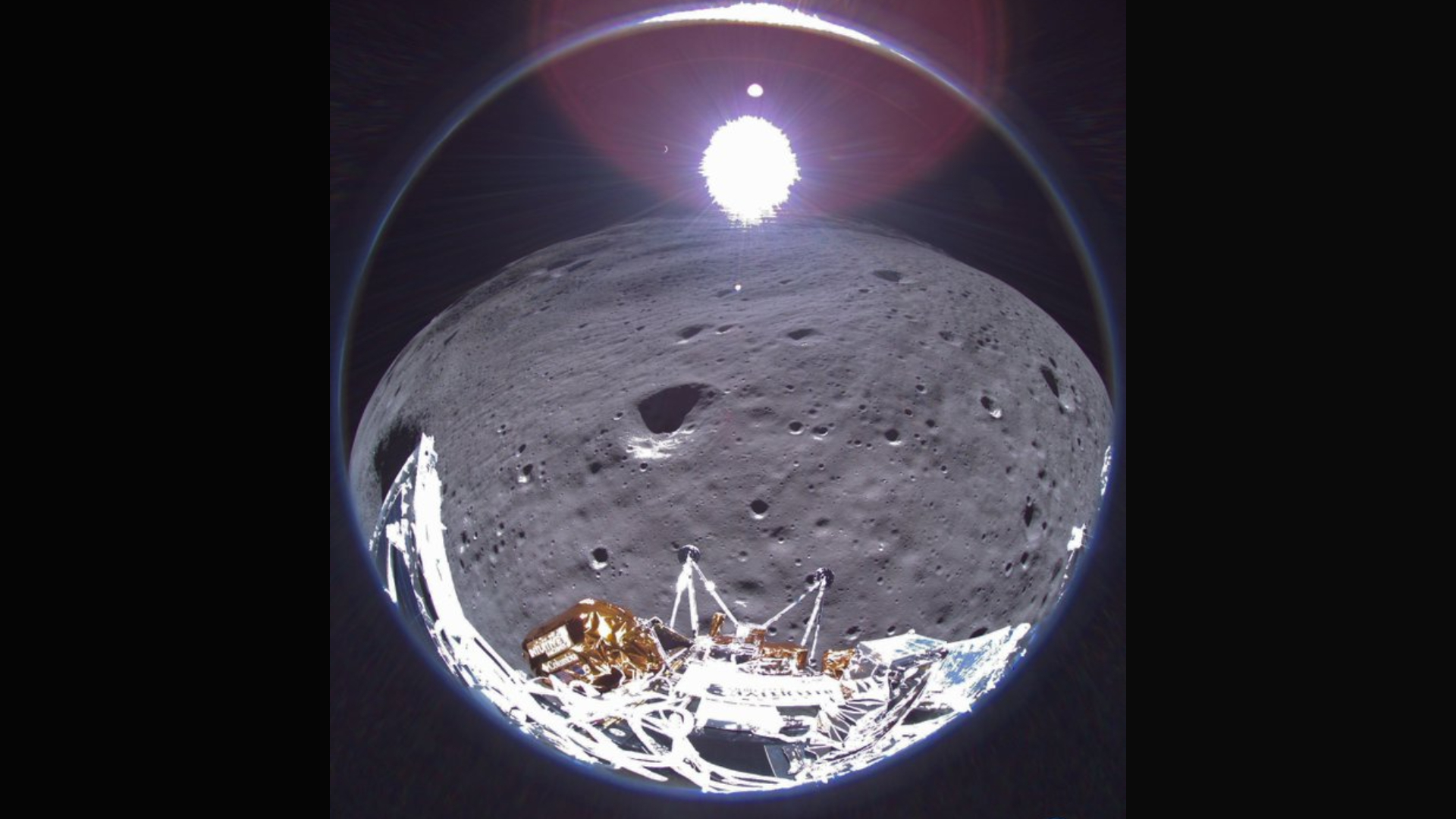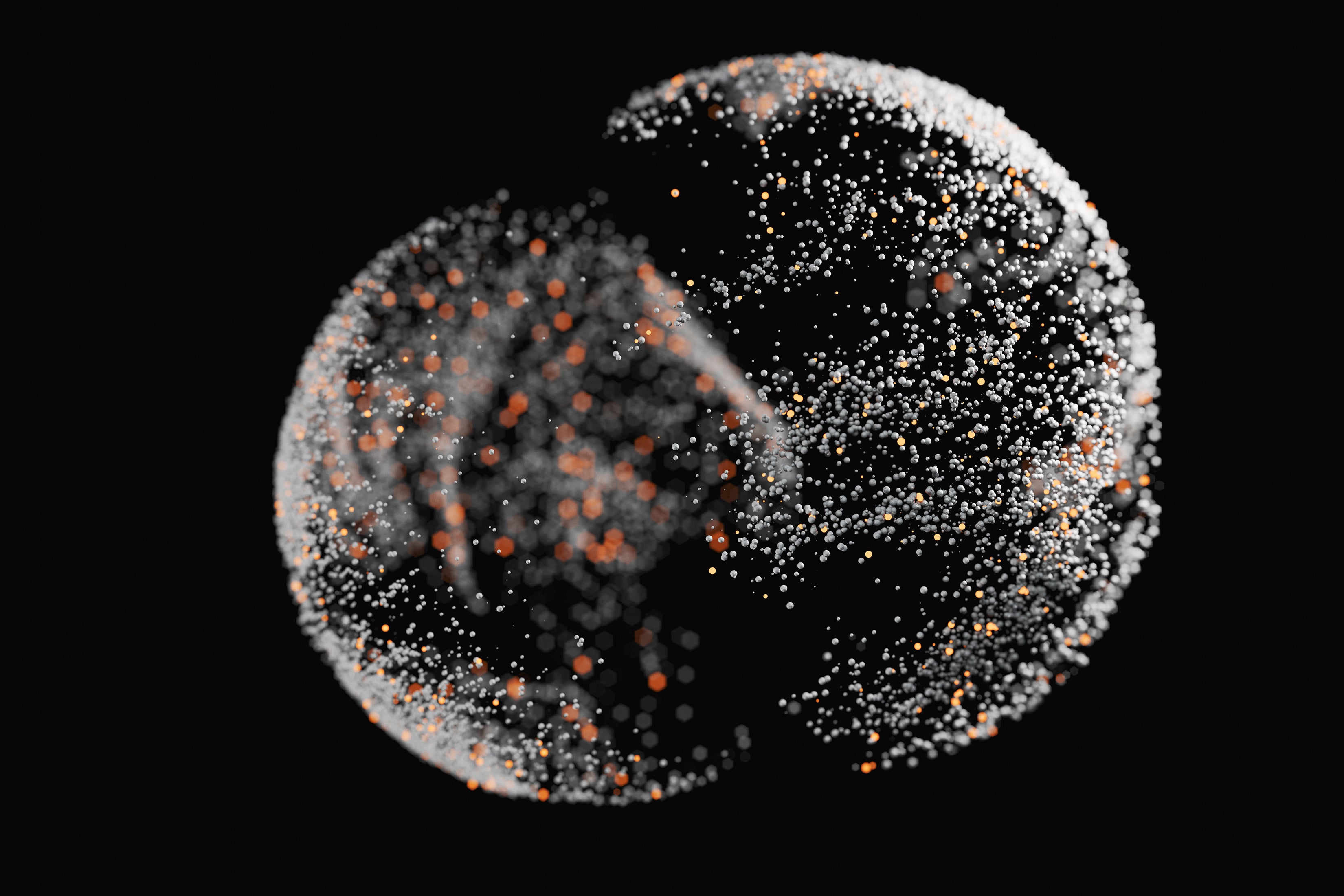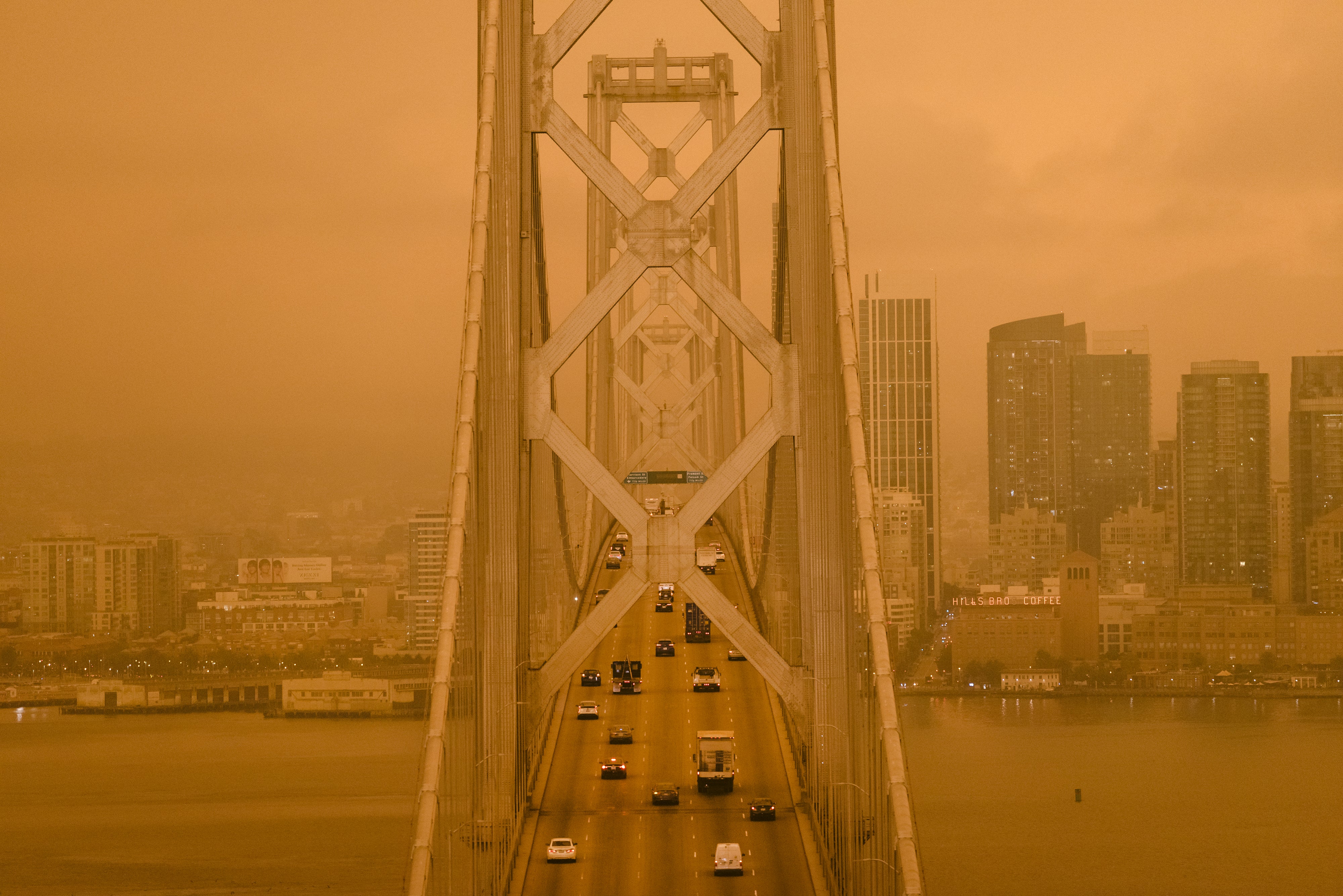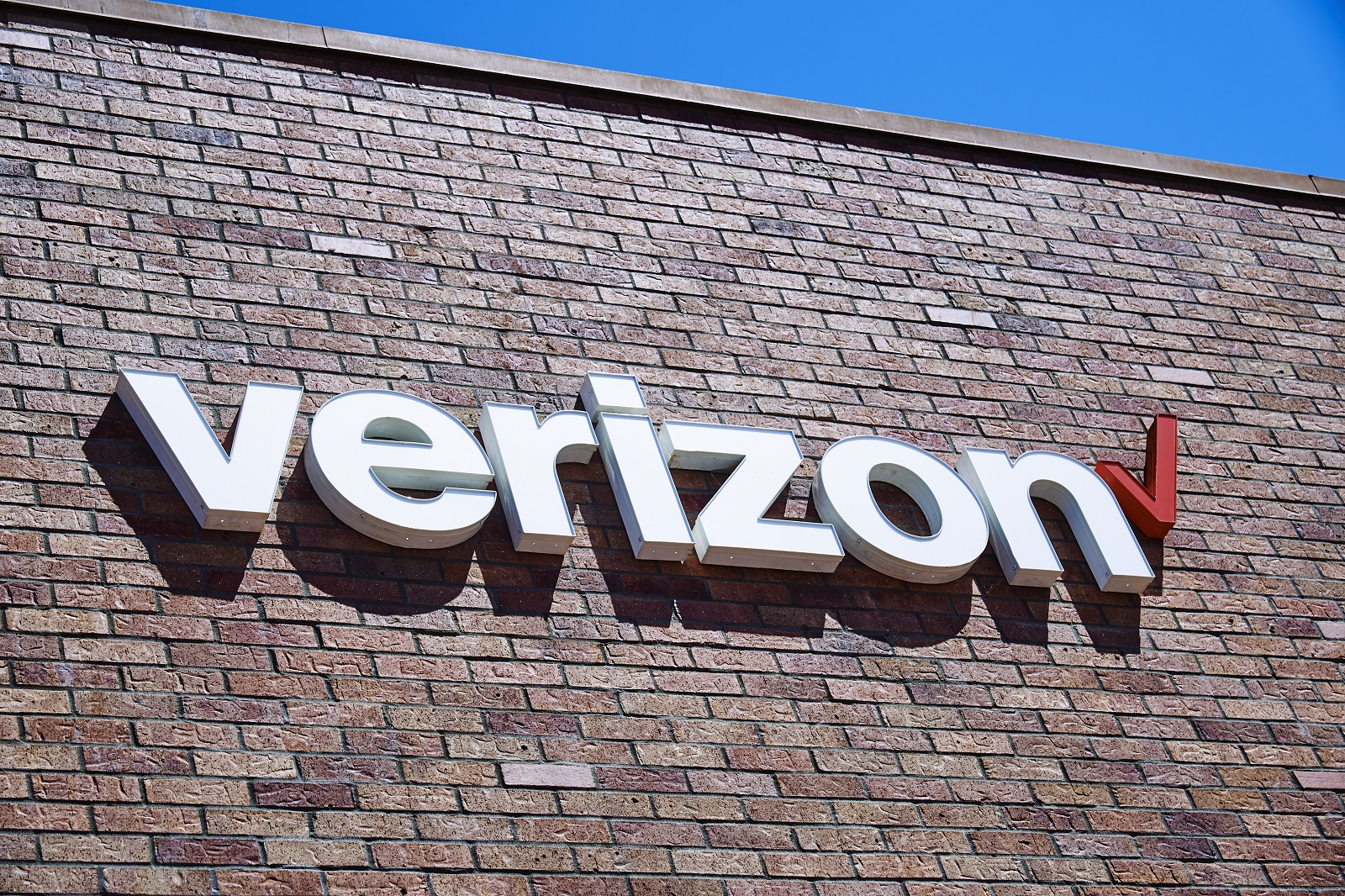Live coverage of the countdown and launch of a SpaceX Falcon 9 rocket from pad 40 at Cape Canaveral Space Force Station, Florida. The mission will launch a radar remote sensing satellite for Italy’s COSMO-SkyMed Second Generation constellation. Follow us on Twitter.
SFN Live
” data-lazy-type=”iframe” src=”data:image/gif;base64,R0lGODlhAQABAIAAAAAAAP///yH5BAEAAAAALAAAAAABAAEAAAIBRAA7″>
SpaceX Webcast
” data-lazy-type=”iframe” src=”data:image/gif;base64,R0lGODlhAQABAIAAAAAAAP///yH5BAEAAAAALAAAAAABAAEAAAIBRAA7″>
After bad weather and an errant cruise ship prevented launch on four previous days, SpaceX fired a Falcon 9 rocket into orbit Monday from Cape Canaveral with an Italian radar remote sensing satellite. Liftoff occurred at 6:11 p.m. EST (2311 GMT), and the Falcon 9 rocket’s first stage booster successfully returned to Florida’s Space Coast eight minutes later for landing.
The launch followed weather delays that kept SpaceX’s Falcon 9 rocket grounded Thursday, Friday, and Saturday. A cruise ship leaving Port Canaveral ventured into the downrange launch hazard area Sunday, prompting another scrub.
The mission carried a COSMO-SkyMed Second Generation, or CSG, radar surveillance satellite into a polar orbit for the Italian Space Agency and the Italian Ministry of Defense.
The Falcon 9 rocket was powered by a first stage booster modified from two previous missions as a side booster on SpaceX’s Falcon Heavy rocket. Both halves of the rocket’s payload flew to space three times on prior Falcon 9 missions.
Our live coverage was be available on this page beginning at 5 p.m. EST (2200 GMT) Monday.
The COSMO-SkyMed satellites provide regular day-and-night radar imaging of locations around the world for the civilian and military users. The Italian government oversees the radar constellation, which consists of four first-generation satellites now beyond their operating lifetimes, and the first in a new generation of COSMO-SkyMed spacecraft that launched in December 2019 on a Russian Soyuz rocket from French Guiana.
The radar imaging constellation gathers data for use by the Italian military, which employs the imagery to track maritime traffic in the Mediterranean Sea. Civilian applications include disaster response, agriculture monitoring, and climate change research.
This mission marked the fifth launch from Cape Canaveral this year, following three SpaceX flights and a United Launch Alliance mission earlier this month.
Read our mission preview story for details.
ROCKET: Falcon 9 (B1052.3)
PAYLOAD: COSMO-SkyMed Second Generation FM2
LAUNCH SITE: SLC-40, Cape Canaveral Space Force Station, Florida
LAUNCH DATE: Jan. 31, 2022
LAUNCH TIME: 6:11 p.m. EST (2311 GMT)
LAUNCH WINDOW: Instantaneous
WEATHER FORECAST: Greater than 90% probability of acceptable weather
BOOSTER RECOVERY: Landing Zone 1 at Cape Canaveral Space Force Station, Florida
LAUNCH AZIMUTH: South-southeast, then south
TARGET ORBIT: Approximately 384 miles (619 kilometers), 97.9 degrees inclination
LAUNCH TIMELINE:
- T+00:00: Liftoff
- T+01:12: Maximum aerodynamic pressure (Max-Q)
- T+02:15: First stage main engine cutoff (MECO)
- T+02:19: Stage separation
- T+02:27: Second stage engine ignition
- T+02:32: Boost-back burn begins (three engines)
- T+03:20: Boost-back burn ends
- T+03:45: Fairing jettison
- T+06:11: First stage entry burn begins (three engines)
- T+06:32: First stage entry burn ends
- T+07:22: First stage landing burn begins
- T+07:26: First stage landing
- T+08:44: Second stage engine cutoff (SECO 1)
- T+56:01: Second stage engine restart
- T+56:04: Second stage engine cutoff (SECO 2)
- T+1:00:05: COSMO-SkyMed Second Generation FM2 separation
MISSION STATS:
- 138th launch of a Falcon 9 rocket since 2010
- 146th launch of Falcon rocket family since 2006
- 3rd launch of Falcon 9 booster B1052
- 122nd Falcon 9 launch from Florida’s Space Coast
- 79th Falcon 9 launch from pad 40
- 134th launch overall from pad 40
- 82nd flight of a reused Falcon 9 booster
- 80th Thales Alenia Space-built satellite launched by SpaceX
- 1st SpaceX mission for Italian Space Agency
- 4th Falcon 9 launch of 2022
- 4th launch by SpaceX in 2022
- 5th orbital launch based out of Cape Canaveral in 2022
Note: This article have been indexed to our site. We do not claim legitimacy, ownership or copyright of any of the content above. To see the article at original source Click Here













